The Australian Energy Market Operator’s (AEMO’s) latest Connections Scorecard shows a surge in new generation and storage capacity with 260 projects totalling 53 GW going through the connection process in the National Electricity Market (NEM), up nearly 40% from the same time last year.
AEMO said the pipeline is expanding across every stage of the process and project sizes are also increasing significantly, driven by a surge in standalone batteries and hybrid solar-plus-battery projects. The Connections Scorecard shows batteries are the dominant technology progressing through the early stages of the pipeline across all regions while the average project size has more than doubled since 2022.
“We’re seeing many hybrid projects and they’re typically solar and storage at a grid scale as well as batteries with grid-forming inverters,” AEMO Chief Executive Officer Daniel Westerman said.
In addition to the seven grid-forming batteries in the NEM today, a further 78 totalling 15.6 GW are progressing through the pipeline.
“These trends show how investors are adjusting to the economics of negative wholesale prices during the day when they can generate and then store that energy, releasing that power later in the day when demand is increasing into the evening,” Westerman said.
AEMO’s Connection Scorecard details key metrics for application approval, registration and full output milestones, including trend analysis, volumes and duration and timeframes. The data does not include Western Australia’s separate grid or other isolated grids such as the Pilbara, Mt Isa and the Northern Territory.
In the 12 months to June, 60 projects totalling 15.7 GW of capacity secured application approvals in the NEM, equal to nearly 80% of the total capacity in the NEM today and a 39% increase in capacity compared to the same time last year.
“Of this, 7 GW is already built and commissioning to full output,” AEMO Executive General Manager System Design Merryn York said.
“The investment pipeline in the NEM continues to build, which is critical as decades-old generation approaches retirement.”
Another 37 projects totalling 9 GW were registered in the past 12 months, up from 2.5 GW last year, and a record number of generation and storage assets reached full output.
“Pleasingly, 29 projects totalling 4.4 GW of capacity reached full output this year, double last year’s total,” York said, adding that in the June quarter alone, 10 projects amounting to 1.5 GW reached full output.
These include the 280 MW Wollar and 198 MW Stubbo solar farms in New South Wales, the 75 MW Wunghnu and 30 MW Kerang projects in Victoria, and the 30 MW Mannum solar farm in South Australia. It also includes the 200 MW / 400 MWh Greenbank battery project in Queensland, and the 185 MW / 370 MWh Koorangie and 100 MW / 200 MWh Latrobe Valley big batteries in Victoria. The Goyder South 1A and 1B wind farms in South Australia also reached full output in the June quarter.
Westerman said the results show that Australia’s energy transition is not just accelerating, it is gaining real measurable momentum.
“It’s a record wave of renewable generation and storage that’s progressing through the grid connection process at a scale that is much larger than we’ve seen before,” he said.
“Overall, those are record levels of investment compared with the last four years and they’re not just numbers, they represent real, tangible progress towards replacing Australia’s retiring coal-fired generation.”
This content is protected by copyright and may not be reused. If you want to cooperate with us and would like to reuse some of our content, please contact: editors@pv-magazine.com.
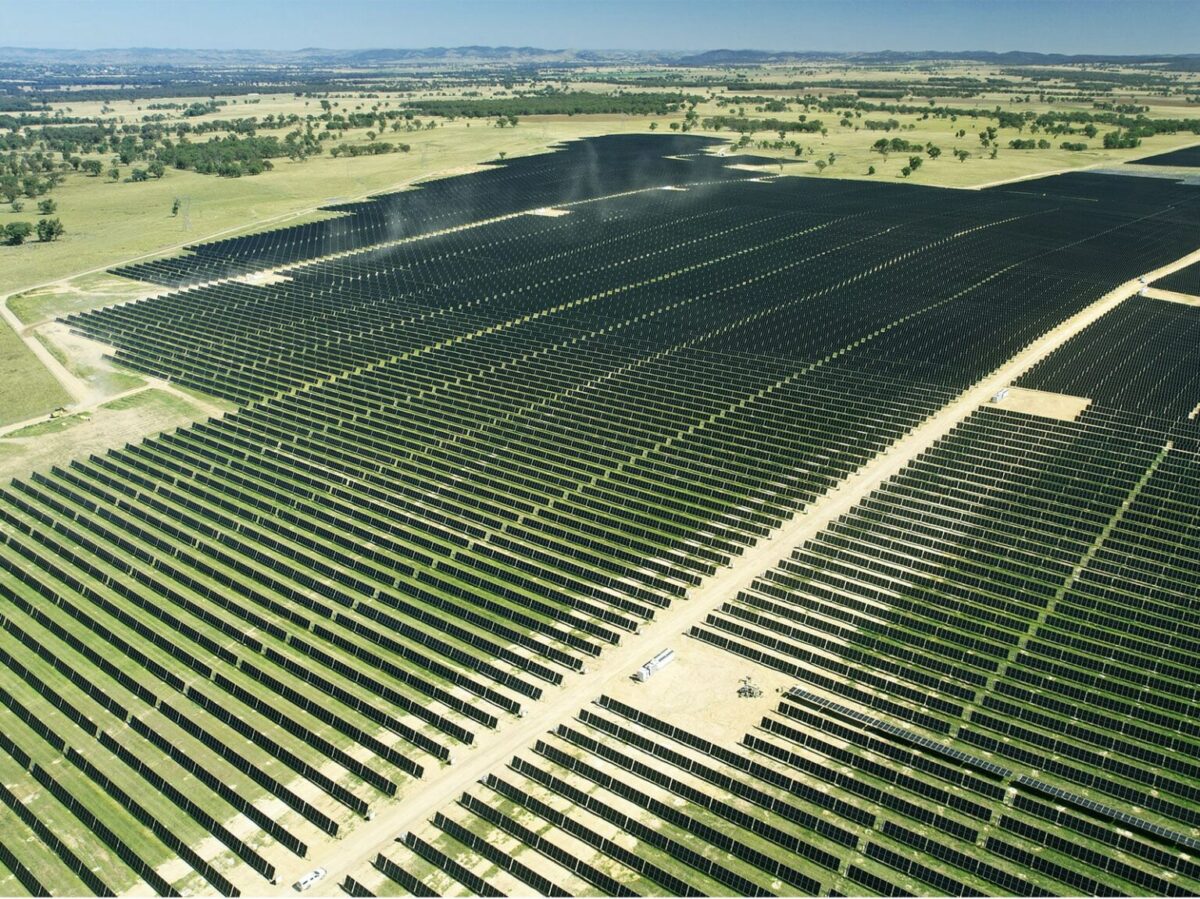
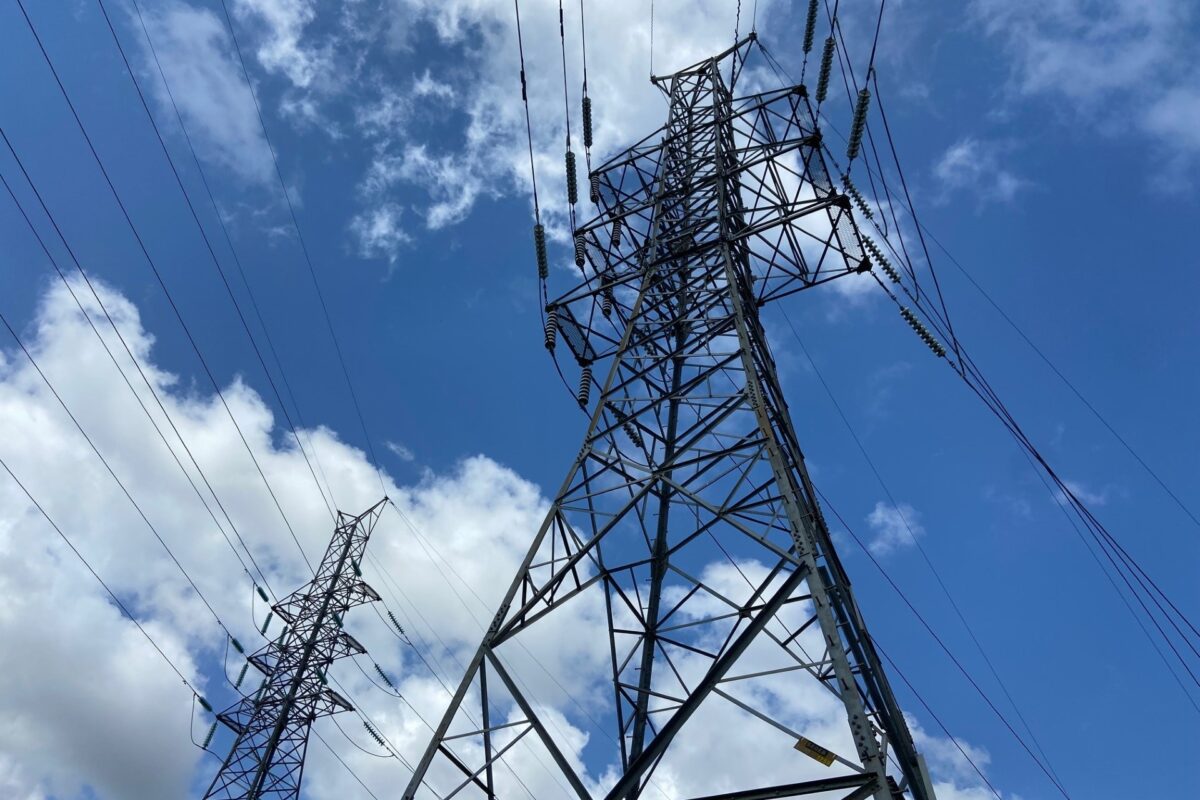


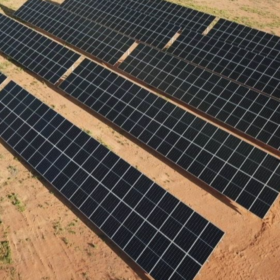
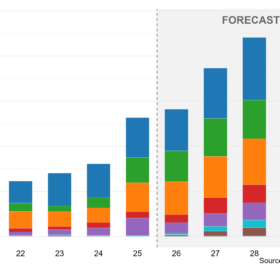
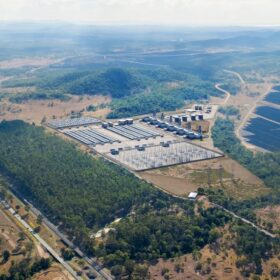
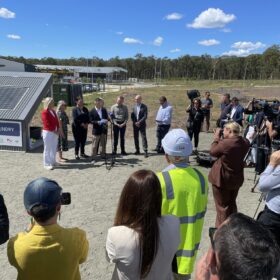
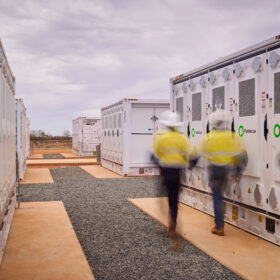
By submitting this form you agree to pv magazine using your data for the purposes of publishing your comment.
Your personal data will only be disclosed or otherwise transmitted to third parties for the purposes of spam filtering or if this is necessary for technical maintenance of the website. Any other transfer to third parties will not take place unless this is justified on the basis of applicable data protection regulations or if pv magazine is legally obliged to do so.
You may revoke this consent at any time with effect for the future, in which case your personal data will be deleted immediately. Otherwise, your data will be deleted if pv magazine has processed your request or the purpose of data storage is fulfilled.
Further information on data privacy can be found in our Data Protection Policy.